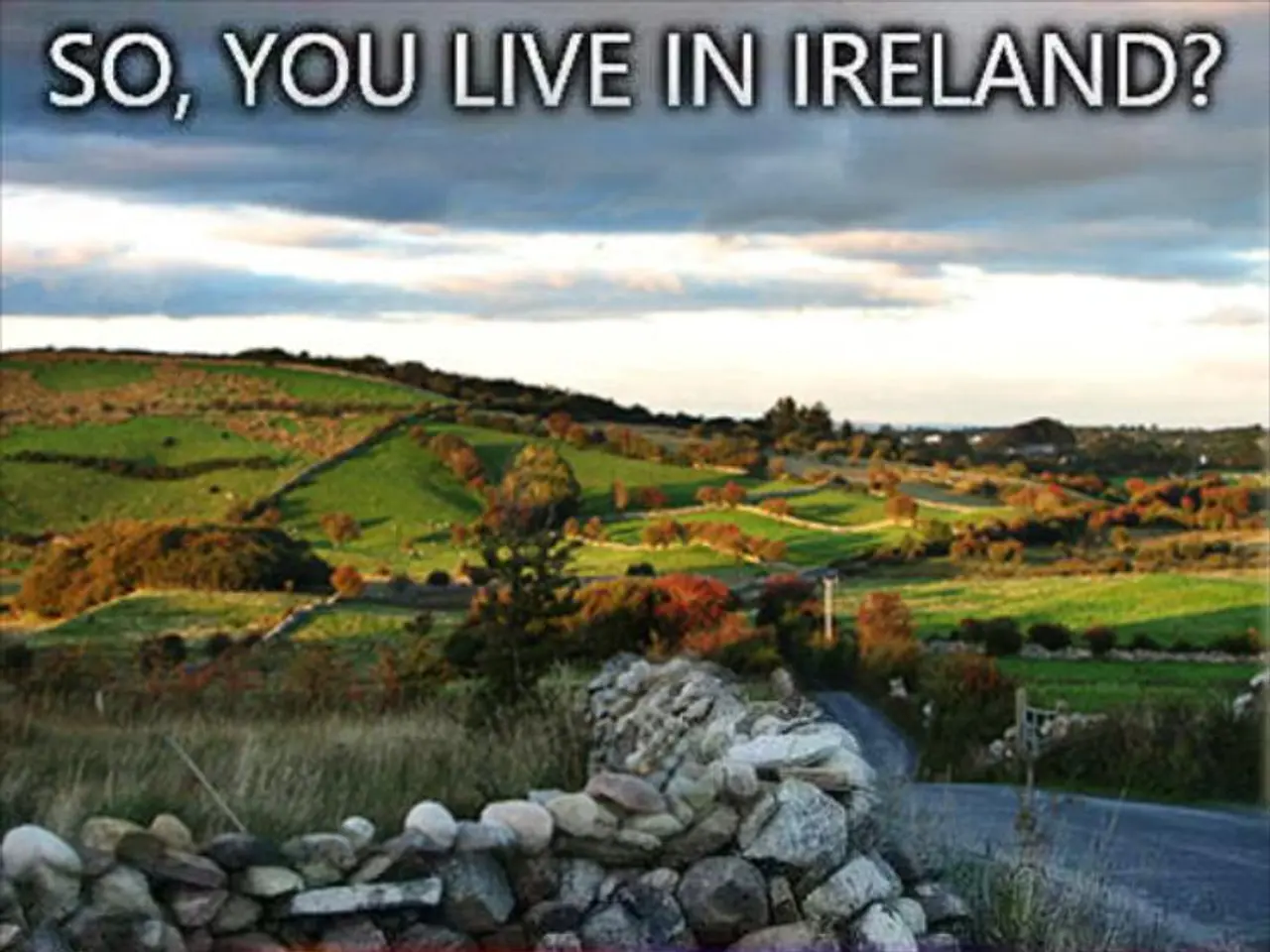Fire-resistant neighborhoods designed for swift dwelling and prompt evacuation
Los Angeles, known for its iconic skyline and vibrant culture, is taking bold steps to fortify the city against the growing threat of firestorms. By 2050, the city aims to transform into a fire-resistant metropolis, integrating advanced technologies, updated building designs, and community-wide resilience strategies [1].
Technological Advancements
The city's approach includes technology-enabled wildfire prediction, evacuation coordination, and green infrastructure. Key technological advancements include:
- Satellite and sensor integration to track fires and wind patterns in real-time and predict fire trajectory for early warning systems.
- Autonomous aerial firefighting units, such as drones and unmanned helicopters, deployed rapidly to drop retardants ahead of fires.
- Smart wearable devices and home automation systems that alert residents with precise evacuation timelines and assist in preparing homes by activating fire-retardant sprayers and sealing vents.
Fire-Resistant Architecture
In the realm of construction, pre-approved virtual libraries of fire-resistant architectural designs will facilitate quick rebuilding with materials and layouts compliant with higher fire safety codes. Companies like Polyhaus are already leading the way, building prototypes using 60 mass timber panels [2].
Mass timber, a new trend in fire-proofing, is gaining traction, with multiple conferences across the country dedicated to the engineered wood this year [3]. Notable examples include KB Home's 64-home fire-resilient community in Escondido, featuring non-combustible siding, and the 540-square-foot ADU built by Polyhaus, wrapped in mass timber panels that are sealed with no air gaps, making them much more fire-resistant.
Community Evacuation Plans
Community evacuation plans, supported by smart traffic management with programmed green lights and self-driving vehicles, will facilitate safe and efficient mass evacuations [1]. Michael Kovac, a Palisades resident and architect, has built a fire-resistant home that survived a firestorm, showcasing the potential of fire-resistant designs.
Looking Ahead
Efforts are part of broad regional and federal coordination to improve wildfire prediction, prevention, response, and resilience using innovative technology and streamlined local policies [4]. By 2050, it is hoped that older structures in L.A. that don't comply with modern fire codes will be replaced by fire-resistant homes, adding a herd-immunity defense to neighborhoods [1].
Companies like Muon Space are contributing to early fire detection, having launched a low-orbit satellite designed to detect wildfires early and expecting to have a fleet of 50 satellites circling the globe by 2030 [3]. As the city continues to evolve, the future of fire mitigation lies in building with non-combustible materials, according to Ken Calligar, the chief executive of resilient building company RSG 3-D [6].
The collective hope is that by 2050, a significant number of home builders will offer fire-resistant homes, ensuring a safer future for the city of Angels.
- Los Angeles, known for its vibrant culture, is leveraging technology for wildfire prediction, evacuation, and implementing green infrastructure.
- Integration of satellite and sensor technology is crucial for real-time tracking of fires and wind patterns, helping predict fire trajectory.
- Autonomous aerial firefighting units, including drones and helicopters, are being deployed to drop retardants ahead of fires.
- Smart wearable devices and home automation systems alert residents with precise evacuation timelines and assist in preparing homes to cope with fires.
- Pre-approved libraries of fire-resistant architectural designs will facilitate rapid rebuilding with fire safety compliant materials and layouts.
- Companies like Polyhaus are pioneering fire-resistant homes, building prototypes with mass timber panels, a new trend in fireproofing.
- Fire-resistant architecture efforts are part of broader regional and federal coordination to improve wildfire response and resilience.
- By 2050, it is hoped that older structures not compliant with modern fire codes will be replaced by fire-resistant homes, adding a herd-immunity defense to neighborhoods.
- Companies like Muon Space are contributing to early fire detection by launching satellites designed to detect wildfires early and expect to have a fleet of 50 satellites circling the globe by 2030, ensuring a safer future for the city of Los Angeles.




